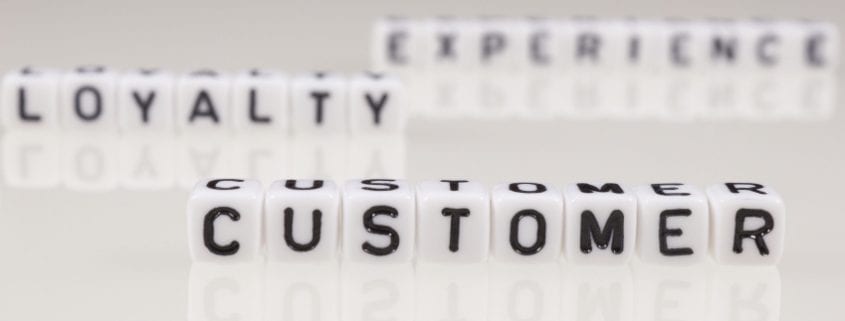
What Is The Difference? – CRM vs. Marketing Automation Strategy
Building a relationship with each customer is essential in today’s business world. Without that relationship, you simply aren’t going to have the sales needed to remain profitable. That is why both CRM (customer relationship marketing) and marketing automation strategies focus on building that relationship.
Understanding how these strategies and systems complement one another helps businesses market and sell to their target audiences effectively.
The Critical Customer Relationship
Even with so much being done online these days, customers still want a relationship with the companies they do business with. They want to feel that a company understands their needs and that the company will address them.
How a business addresses the critical customer relationship will mark its success or its failure. Companies need to build and nurture this relationship. They do this by collecting critical data that helps them address their customers’ needs and challenges.
Learn More: How to Create Content for Each Sale Funnel Stage
The Top of the Sales Funnel
The strategies you use at the top of the sales funnel are going to be different from the strategies you use at the bottom. And these strategy approaches define the differences between CRM and marketing automation strategies.
At the top of the sales funnel, you are capturing leads wherever they come from. They can be people with a casual interest in your product or they can be seriously in the market and just starting the research process. The problem is, there is no real way to know which category the lead falls into. This is where marketing automation and nurturing comes into play.
With marketing automation, your strategies are capturing key pieces of information and using them to nurture a lead further into the sales funnel. This could include contact information like name, email address, phone number, company name, and company size; number of visits to the website and which pages are of particular interest, or which premiums they choose.
Each piece of information gathered about a lead brings critical insight into where they are in the sales cycle. Downloading details about a particular product, for example, is a sign of interest in that product or, at least, that product group. This can trigger the marketing automation system to send targeted emails or special offers.
The Bottom of the Sales Funnel
At a designated point in the sales funnel, a lead moves from the marketing side to the sales side. This is when the data gathered indicates the lead is moving towards making a purchase decision. This is where the CRM system comes into play.
That data gathered in a CRM allows your sales force to nurture the lead into closing the sale. It offers a picture of what the customer wants and their history with the company. Your sales team can use it to schedule calls with the lead or to set dates for follow-up.
The good news these days is that there are a growing number of systems which offer both types of functionality. That way, you can leverage both CRM and marketing automation strategies without worry about one system getting out of sync.

Dan Gartlan helps companies of all kinds drive their business initiatives and achieve their goals with strategic marketing programs that deliver results. As President of Stevens & Tate Marketing, he has over 20 years experience across various industries, and continues to share his expertise to build brands nationwide.





